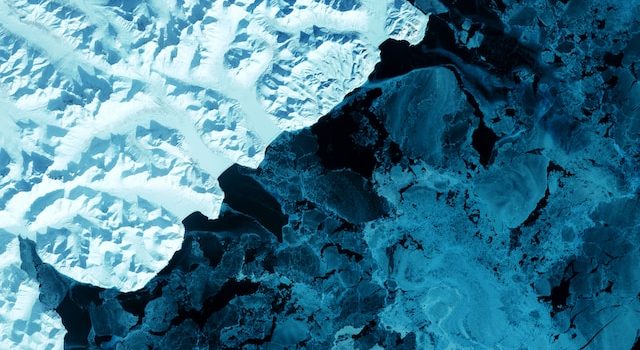
Introduction:
In a groundbreaking discovery, NASA’s InSight lander has detected a series of marsquakes that are shaking up our understanding of the Red Planet’s crust. These seismic events have sparked a renewed scientific curiosity, as researchers seek to unravel the mysteries hidden beneath Mars’ surface. The seismic data collected by InSight is raising intriguing questions about the composition, structure, and evolution of Mars’ crust, igniting a new wave of exploration and scientific inquiry.
Unraveling the Martian Tremors:
Since its arrival on Mars in 2018, the InSight lander has been diligently monitoring the planet’s seismic activity. These marsquakes, analogous to earthquakes on Earth, generate seismic waves that provide valuable information about the characteristics of Mars’ crust. By studying the properties of these seismic waves, scientists can gain insights into the materials and geological processes that have shaped the planet’s crust over time.
Composition of Mars’ Crust:
One of the key questions arising from the marsquake discovery is the composition of Mars’ crust. Preliminary analysis suggests that the Red Planet’s crust is predominantly composed of basaltic rocks, which differ from the silica-rich rocks like granite found in Earth’s crust. This disparity raises intriguing questions about the geological processes that have led to such distinct crustal compositions on Mars.
Thickness and Density Variations:
The seismic data collected by InSight is also shedding light on the thickness and density variations within Mars’ crust. By analyzing the behavior of seismic waves as they travel through the planet, scientists can map out the different layers and their properties. These variations in thickness and density can provide insights into past volcanic activity, the presence of ancient impact craters, and the overall geologic history of Mars.
Tectonic Activity on Mars:
The presence or absence of tectonic activity on Mars is another area of interest spurred by the marsquake discovery. Tectonic activity, such as the movement of crustal plates on Earth, plays a crucial role in shaping a planet’s surface and influencing geological features. The seismic data collected by InSight can help determine if Mars experiences tectonic activity and, if so, to what extent. Understanding the tectonic activity on Mars can provide valuable insights into its geological evolution and the forces that have shaped its surface.
Volcanism and Magma Chambers:
The marsquake data is also providing clues about the presence of ancient or potentially active volcanic activity on Mars. Seismic waves can reveal the existence of magma chambers, which are reservoirs of molten rock beneath the surface. By detecting the signatures of these magma chambers, scientists can gain insights into the volcanic processes that have occurred or might still be occurring on Mars. This knowledge is crucial for understanding the potential for past or present volcanic activity and its impact on the Red Planet’s crust.
Implications for Mars’ Habitability:
The discovery of marsquakes and the subsequent analysis of seismic data have implications for the potential habitability of Mars. The composition and structure of a planet’s crust play a crucial role in determining its geological activity, the availability of resources, and the potential for hosting life. By understanding the intricacies of Mars’ crust, scientists can identify regions where water might exist in liquid form, providing potential habitats for microbial life and guiding future exploration missions.
Future Directions in Mars Exploration:
The marsquake discovery has sparked a renewed interest in exploring Mars and understanding its geology in greater detail. As scientists continue to analyze seismic data and unravel the secrets of the Red Planet’s crust, new research missions and technologies will be developed to further investigate Mars’ geological mysteries. Future rovers, landers, and orbiters will be equipped with advanced instruments and sensors to gather more comprehensive data and answer
the questions that have been raised by the marsquake discovery.
Conclusion:
The recent discovery of marsquakes by NASA’s InSight lander has opened up a new chapter in our exploration of Mars. The seismic data collected is challenging our existing understanding of the Red Planet’s crust and inspiring new scientific questions. As researchers continue to analyze the marsquake data, we can anticipate a wealth of information about Mars’ composition, structure, and geological history. The journey to uncover the secrets of Mars’ crust has only just begun, and the answers that lie beneath its surface hold the potential to reshape our understanding of this fascinating neighboring planet.










